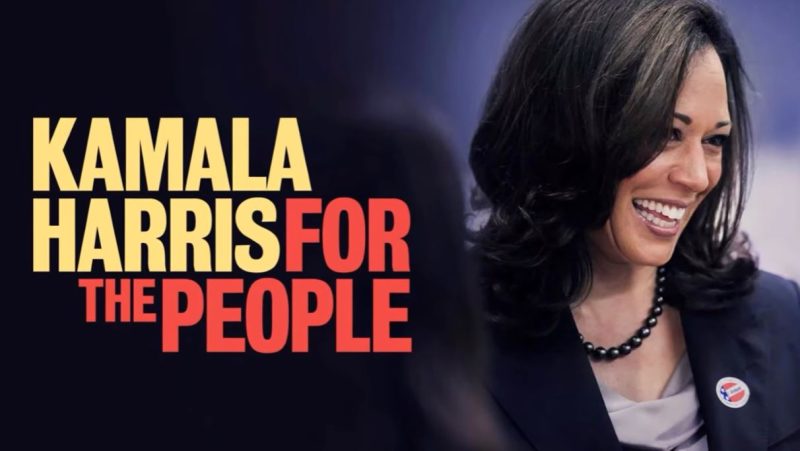
In a bold and strategic move to invigorate her 2024 presidential campaign, Vice President Kamala Harris has recruited several prominent veterans from Barack Obama’s successful campaigns.
This significant realignment marks her transition from supporting President Biden to leading her own bid for the White House, showcasing her determination to consolidate Democratic support and energize her campaign.
The New Team: Key Players
David Plouffe, Stephanie Cutter, and Mitch Stewart are among the high-profile additions to Harris’s campaign team. Plouffe, Obama’s 2008 campaign manager, brings a wealth of experience in strategic planning and digital outreach. Cutter, known for her role in producing Joe Biden’s 2020 inauguration, will serve as a senior strategic adviser. Stewart, who played a critical role in Obama’s battleground states strategy, will focus on key states essential for Harris’s victory. Additionally, David Binder, who led Obama’s public opinion research operation, will provide vital insights into voter behavior and preferences.
Building the Plane While Flying It
The transition has been rapid and intense. Harris’s team, described as “building the plane while flying it,” is working tirelessly to integrate these new members and refine their strategy. The campaign aims to pivot from supporting Biden to establishing Harris as a formidable candidate in her own right.
Campaign Leadership
Despite the influx of new talent, Harris has maintained continuity by retaining Julie Chávez Rodríguez and Jen O’Malley Dillon in their roles as campaign manager and campaign chair, respectively. Their leadership is expected to harmonize the new and existing campaign elements, ensuring a cohesive and effective strategy moving forward.
Strategic Objectives
The inclusion of Obama campaign veterans aims to capitalize on their expertise in data-driven strategies and grassroots mobilization. This includes a robust presence in battleground states and a focused effort to address key voter concerns, drawing on lessons from Obama’s campaigns. The campaign is set to target Trump and Project 2025, aiming to differentiate Harris’s vision and policies from those of her opponents.
Challenges Ahead
The sudden shift in campaign dynamics presents both opportunities and challenges. Harris must quickly solidify her leadership, define her platform distinct from Biden’s, and respond to attacks from her opponents, particularly from Donald Trump’s camp. The pressure is on to make swift, strategic decisions, including the critical selection of a vice-presidential candidate. Potential candidates include Pennsylvania Governor Josh Shapiro, North Carolina Governor Roy Cooper, and Arizona Senator Mark Kelly.
The Road to Election Day
With less than four months until Election Day, Harris’s campaign is in a race against time. The next major milestone is the announcement of her vice-presidential pick, a decision that will be closely scrutinized and pivotal for her campaign’s success. The campaign has already raised significant funds and garnered substantial support from Democratic delegates, positioning Harris as a strong contender for the presidency.
Kamala Harris’s integration of Obama campaign veterans signals a strategic and high-stakes effort to redefine her campaign and appeal to a broad spectrum of voters. As the campaign progresses, the effectiveness of this new team will be crucial in determining Harris’s prospects in the 2024 election. With a blend of experienced strategists and innovative approaches, Harris aims to energize the Democratic base and present a compelling alternative to her Republican opponents.
